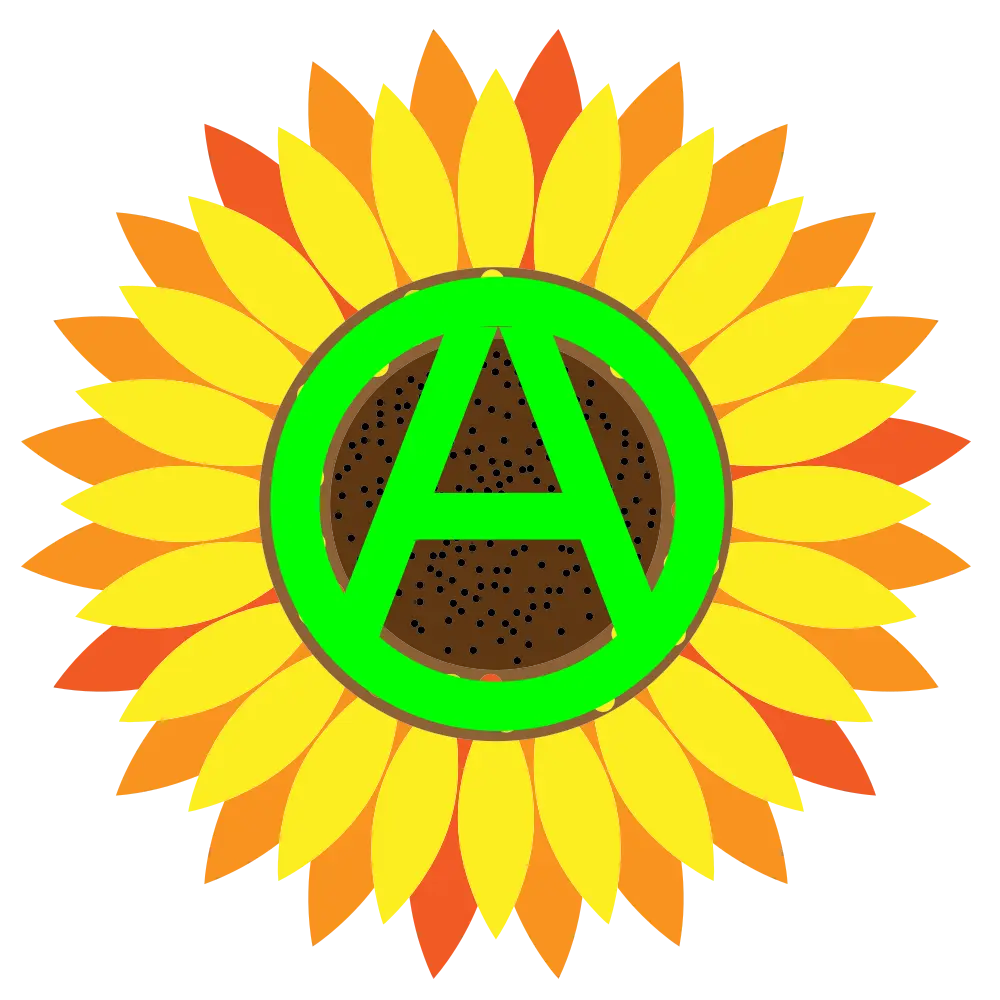To suppress the rebellion, the government manipulated the weather by causing artificial rain.6 We also experienced simultaneous disruptions on social media and suspected government interference with Meta. There were no power outages, only signal disruptions at the demonstration site. Nearly a dozen civilians have died, four when the House of Representatives (DPR) building burned down, and six others due to police violence, such as being run over by armored vehicles, police beatings, and tear gas. This wave, unlike previous ones, was very violent and claimed far more lives. The initiative for the demonstrations no longer came from the consolidation of formal organizations like student organizations and labor unions, but instead emerged organically from the general public. This is progress. In the past, it had been difficult for ordinary people to participate in demonstrations because they were suspected of not being part of an official labor organization or student body if they were not wearing alma mater jackets. Furthermore, support for violent actions has increased, whereas in the past, we anarchists were always scapegoated and blamed by society, the press, and the government.
The protests de-escalated on September 3, 2025, due to calls from a group of liberal influencers who argued that the violent demonstrations were a government plot to pave the way for martial law. We believe this analysis is problematic, flawed, and overthinking. The government would suffer significant political and economic losses from the imposition of martial law, so it was an option they were desperate to avoid. However, the calls to halt the protests proved to be very influential, as their followers opposed calls for action in various regions.
Read for more.

